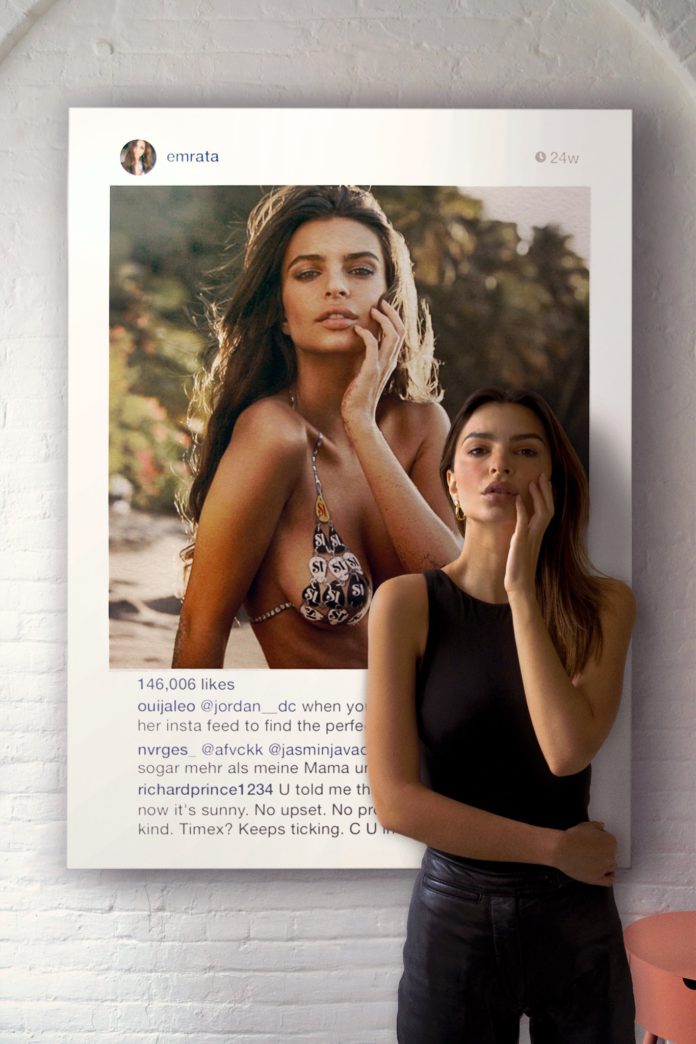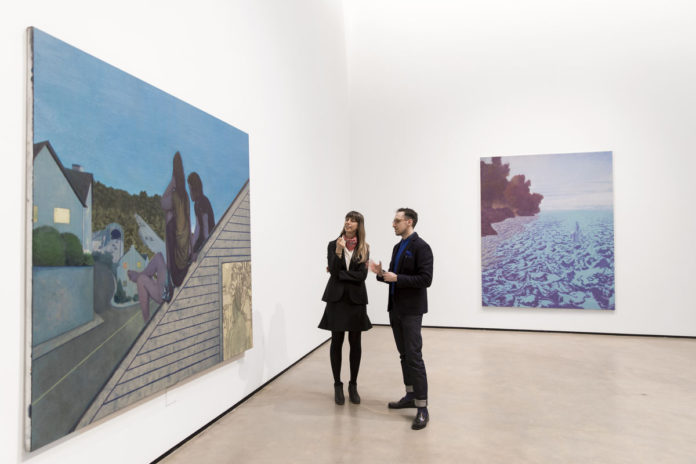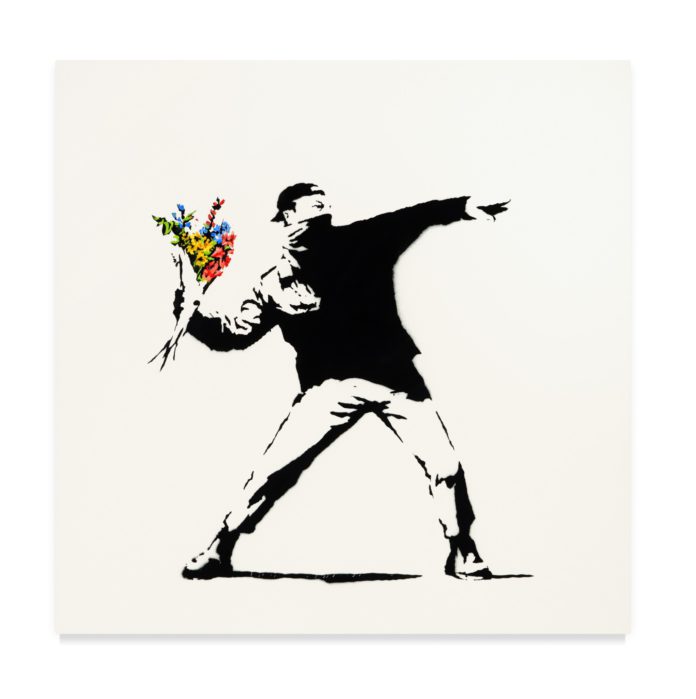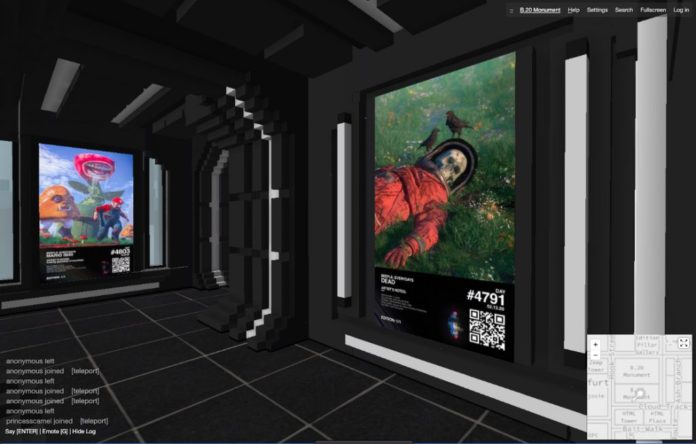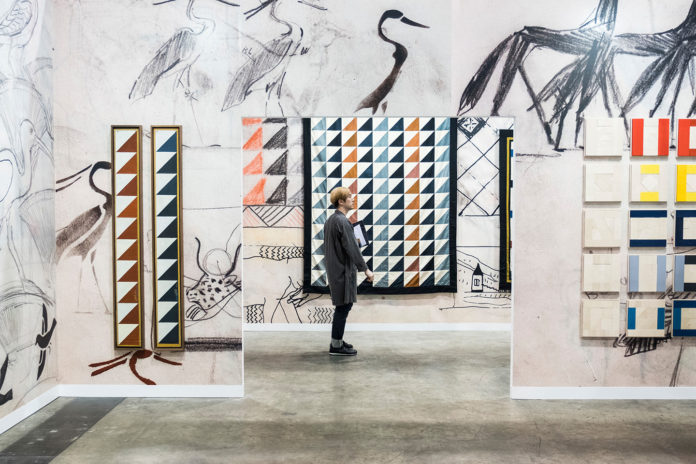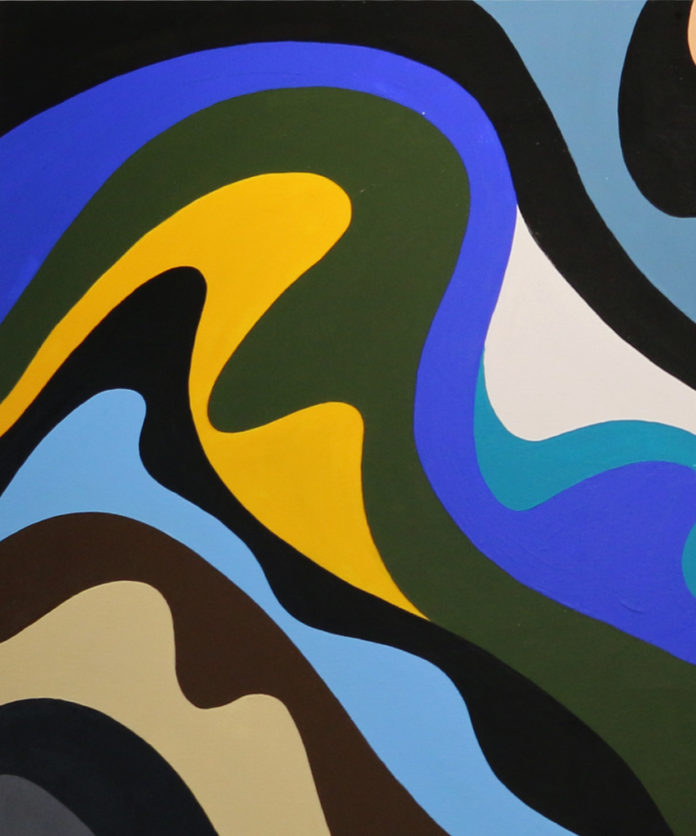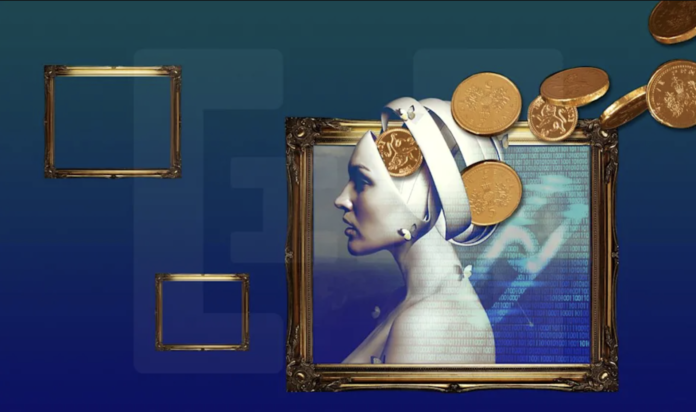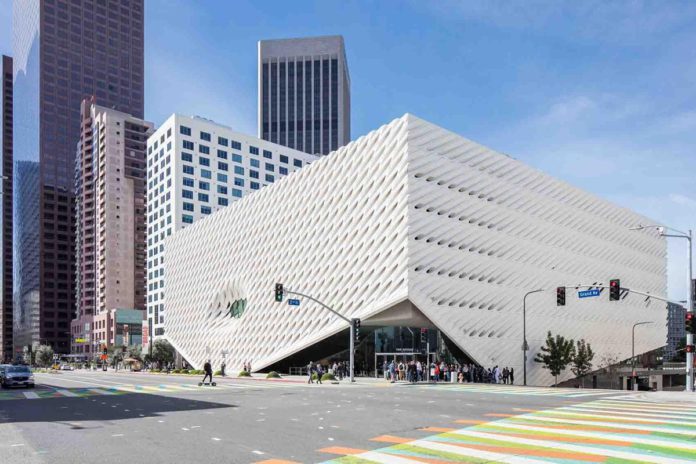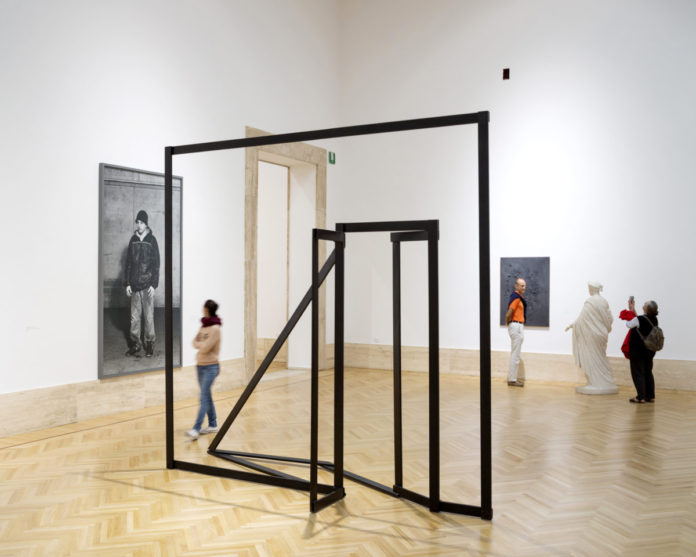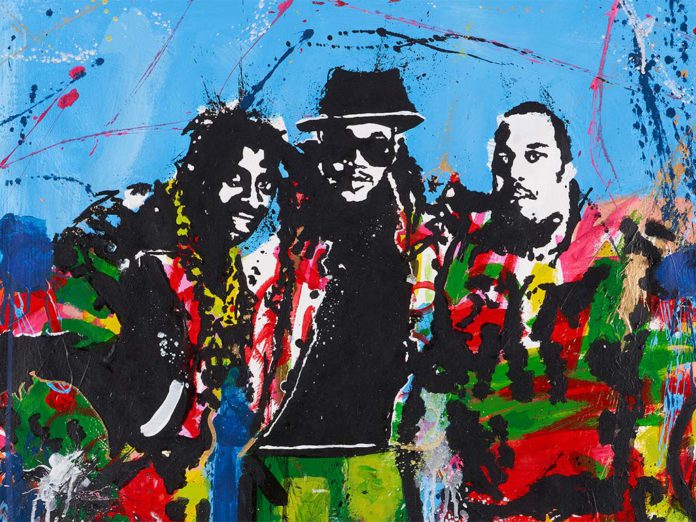Emily Ratajkowski is selling NFT at Christie’s
The model claims authority over her own image against the artist Richard Prince.
The model passionate about art Emily Ratajkowski has decided to sell her first NFT, the work sees the model posing in front of the Richard Prince painting, imitating her own expression.
In 2014 the artist Richard Prince created the very famous series “New Portraits”, consisting of a large number of photos printed on large canvases, which in turn portray the photos present in the Instagram feed of many well-known personalities, including Emily Ratajkowski.
The Top Model, surprised to see an image of her hanging on the walls of the Gagosian Gallery, tried to buy the work, but was unsuccessful because it had already been sold to a Gagosian employee and was content to take home another edition for 81,000 dollars.
Ratajkowski recently took a photo of her posing in front of Richard Prince’s work, transforming it into an NFT.
The work is titled “Buying Myself Back: A Model for Redistribution” and claims the “reappropriation” of the rights to its image. Thanks to NFTs, it is possible to validate copyrights, through a smart contract, so the model argues that this process can allow women to have greater control over their image.
The sale of the NFT promoted by Christie’s on May 14 will allow the model to receive financial feedback which, according to Ratajkowski, would compensate the “moral debt” caused by the unauthorized use of her image.
The issue of the illegal appropriation of copyright is a hot one, in the world of physical art as well as in the crypto one.
Richard Prince has been sued several times for copyright infringement, regarding the “New Portraits” series, and involved in legal issues due to the use of photographs belonging to others and often without their consent.
While in the crypto world, DC Comics has banned the use of its characters in NFT works, declaring them the intellectual property of the company.
In this case, the model uses her image in a provocative way and auction house Christie’s states that: “Emily Ratajkowski boldly claims her image and the commercial properties in it, employing the NFT as an exchangeable metaphor for what she doesn’t have. a physical incarnation ”and finally declares that the lot is presented without reserve price and with an unknown estimate.



